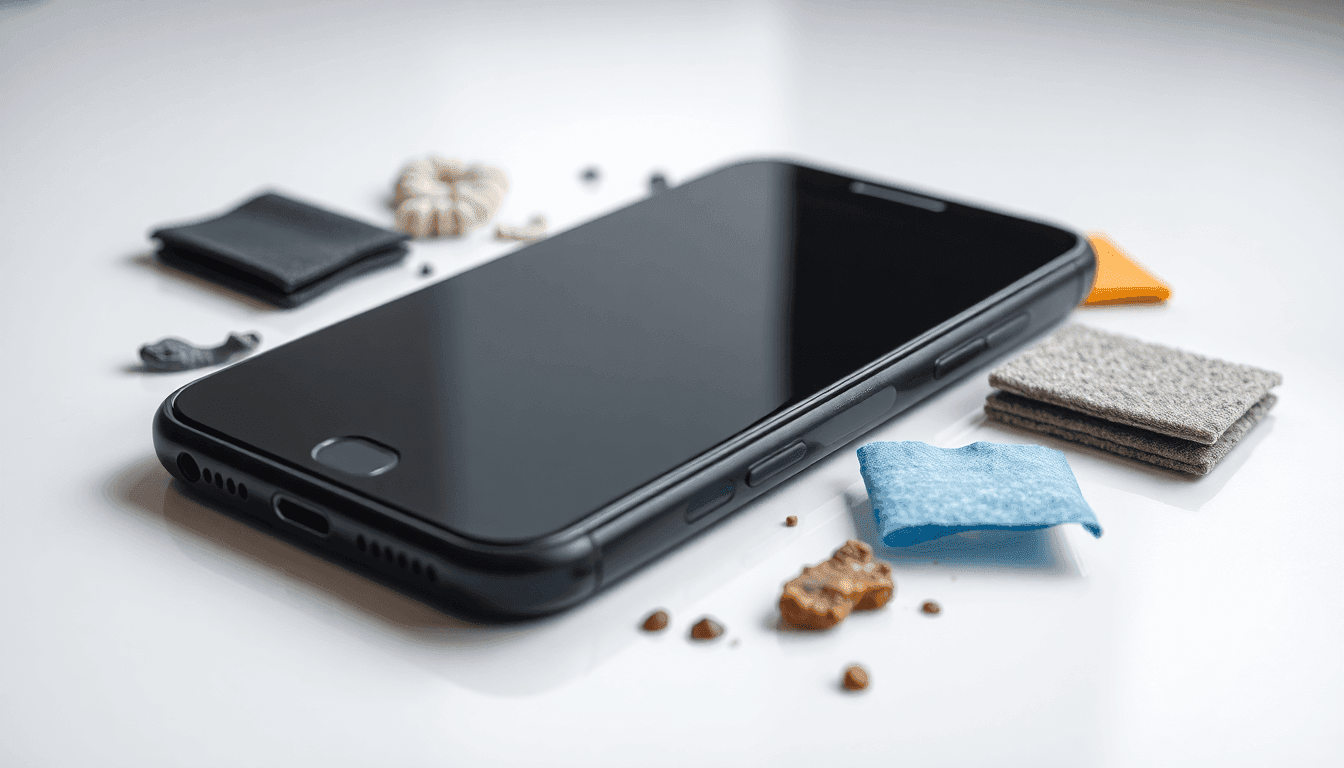Running shoes are a little like sports cars: there are so many options to choose from that it's hard to know which one is the best. But, luckily, we're here to help you find the perfect shoe for your needs. We'll walk you through the best running shoes, the best running gear, and some of our favorite running tips to help you get started.
The best running shoe is the one that fits your foot.
When it comes to running shoes, the best one is the one that fits your foot. You may need to try on a few pairs before you find the right one. Make sure you are wearing the same socks you would wear for a run when trying on new shoes. Another thing to consider when buying running shoes is the type of surface you will be running on. If you are a trail runner, for example, you will need a shoe with a lot of tread.
You can’t go wrong with a neutral shoe.
If you’re not sure what type of shoe to buy, a neutral running shoe is a safe bet. Neutral shoes are designed to help your feet and body move more naturally while you run. These shoes have a slight arch and a low heel, which allows your foot to move more freely. You can also find shoes that are designed for people who over-pronate or under-pronate. These shoes have different features to help correct the issue.
For pronation, you want stability.
The best running shoes are the ones that will work with your foot type. Runners who over-pronate need stability shoes. These shoes have a rigid sole and support to help keep your foot from rolling inward. Runners who under-pronate need motion-control shoes. These shoes have a rigid sole and control to keep your foot from rolling outward. Runners who don't over-pronate or under-pronate need neutral shoes. These shoes have a flexible, cushioned sole and offer little to no support.
If you have high arches, choose a shoe with cushioning.
If you have high arches, you will need a shoe with cushioning. This will help to protect your feet from shock and impact when you run. The best running shoes for people with high arches are those with a lot of cushioning.
If you have flat feet, choose a shoe with arch support.
If you have flat feet, you'll want to look for a shoe with arch support. It's also important to find shoes that fit your feet well. You can measure your foot by using a piece of string and a ruler. Then you can compare your measurements to the shoe's measurements to see if it will be a good fit. If the shoe's measurements are smaller than yours, the shoe is too small. If they're larger, the shoe is too big.




